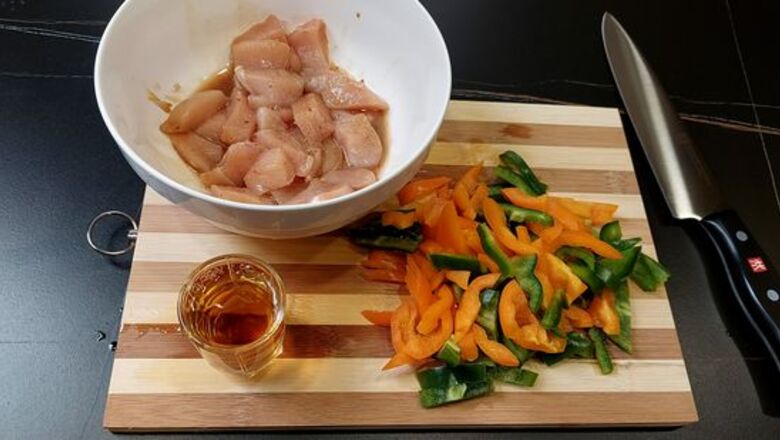
views
Preparing to Flambé
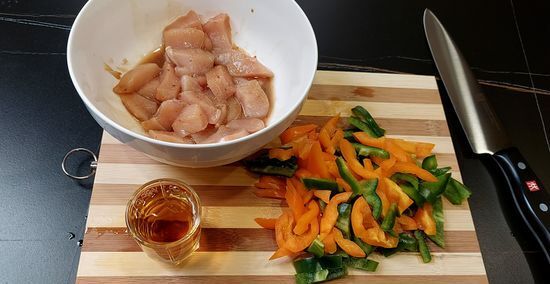
Measure out your ingredients. Whether you plan to flambé a roast, a fish, a fruit dish, or a dessert, lay everything out in front of you to make sure you have what you need before you begin. Measure out the alcohol you will be using and lay out the matches or lighter for later.
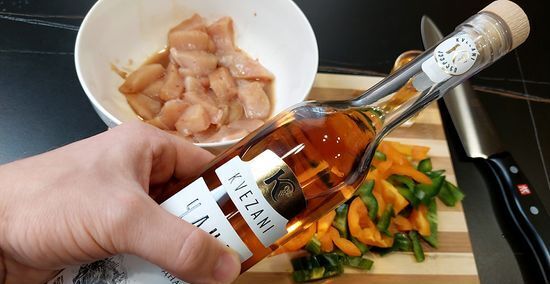
Choose an 80-proof liquor or 40% alcohol by volume liquor. The alcohol content in your liquor is important because it will determine the flammability of your dish. A higher alcohol content is too combustible and may put your safety at risk. On the other hand, a lower alcohol content may not ignite at all.
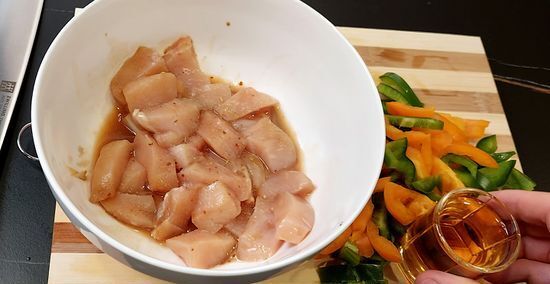
Pair the foods you are cooking with your favorite liquors. For developed flavors, pair rum or fruit flavored brandy with fruit dishes and desserts and pair whiskey or cognac with meats. Ultimately, go with the liquor profile you like best. For example, feel free to use gin or vermouth on savory dishes if that's your alcohol of choice.
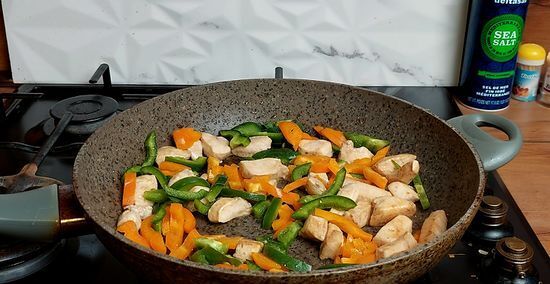
Prepare and cook the dish you want to flambé. Follow the recipe you have in front of you. Keep in mind, there will be extra steps depending on what you are making. Some traditional flambéed dishes include crepes Suzette, bananas foster, and Chateaubriand.
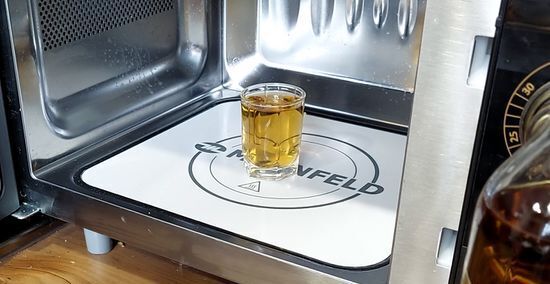
Heat the liquor on its own before you use it on your dish. Cold or cool liquor won't ignite, which could ruin your food. Heat the alcohol on your stovetop using a saucepan with high sides. Keep the liquor over the flame until you see bubbles just beginning to form at around 130 degrees Fahrenheit or 54 degrees Celsius. Instead of heating the alcohol on a stovetop, use a microwave. Set it to 100 percent power and make sure to use a microwave-safe bowl. Heat the liquor for 30 to 45 seconds for optimum results.
Flambéing Your Dish
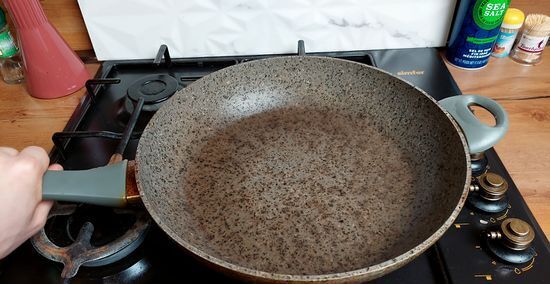
Use a flambé pan. If you do not have one, you can use a large skillet with a long handle and deep sides. Make sure everything is at the proper temperature and check that there are matches or a lighter near by. For fruit dishes, use a preheated shallow pan. For meat dishes, use a cast iron or enamel roasting pan.
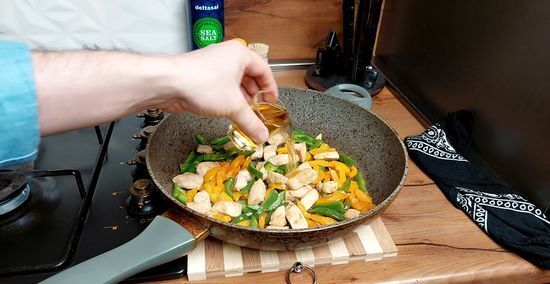
Pour the warm liquor into the pan on top of your prepared dish. Once your dish is ready, add the liquor to the pan. Remove the pan from the ignited burner before you add the alcohol. This is especially important if you are using a gas burner. Pour gently, tilting the pan away from yourself and your guests.
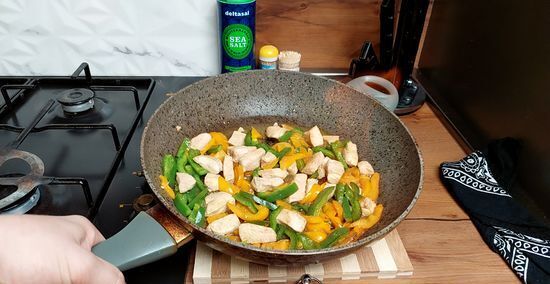
Ignite the edges of the pan immediately. Remove the pan from the burner and use a long barbecue lighter or a long match to light it. Light the pan right away so the food doesn't risk absorbing the raw liquor, which can ruin its flavor. Try to ignite the vapors rather than the liquid alcohol directly.
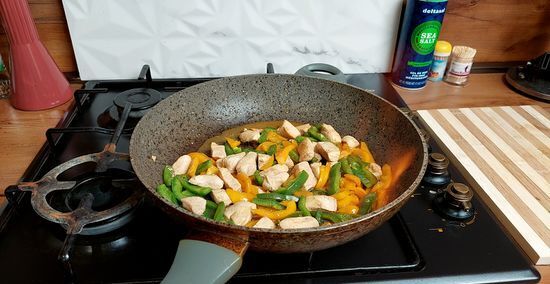
Set the pan back on the burner. Once the dish is lit, put your pan back down on the burner. Shake the pan lightly over the stove so the flames and alcohol distribute evenly. Evenly distributed alcohol creates an evenly distributed flavor.
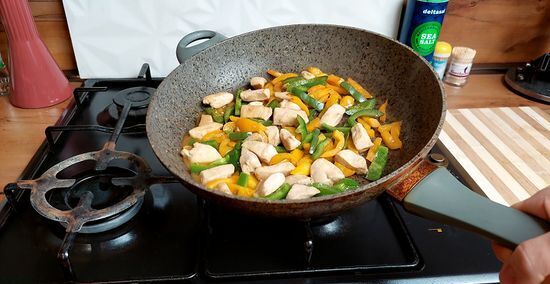
Cook the food until the liquor is gone. After about 15-30 seconds the alcohol will cook off and the flames will die. Let the fire go out naturally so the astringent alcohol flavor burns off. To keep the alcohol flavor, cover the flames with a lid before they have gone out naturally.
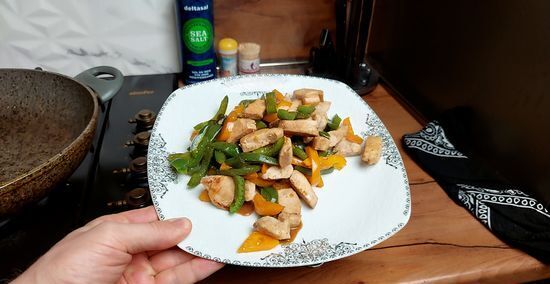
Serve your impressed guests! Plate and serve your dish immediately after the flames die down. No cooling time is needed, meaning nothing will stand between you and your delicious meal.
Taking the Proper Precautions
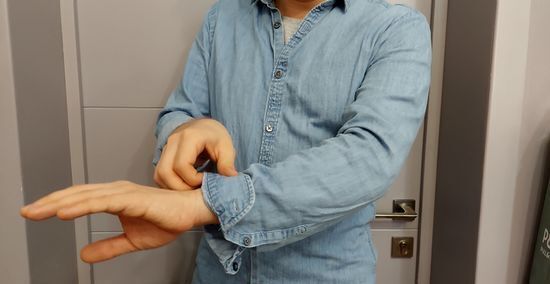
Roll up your sleeves and pull your hair back. Tuck in your shirt, fold up your sleeves, and secure any loose fabric flying around to keep it away from the flames. Tie up your hair to get it out of your face and clear of the burners.
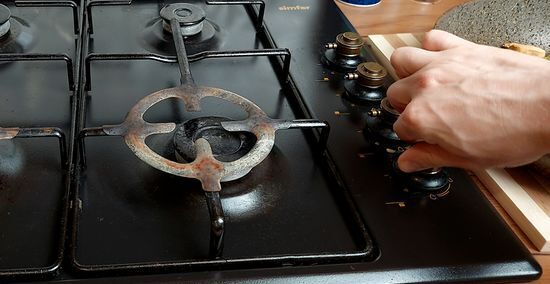
Seal off the stove. Close the overhead fan or hood over your stove so it won't accidentally draw the flame up. Turn off the burners as well so they won't flare while you cook.
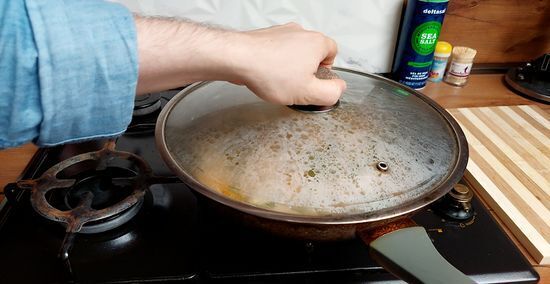
Have a metal lid on hand. Make sure the lid fits tightly and fully covers the pan you will be using in case the flame becomes too big. If the flame gets too large, immediately cover it with the lid. If you deprive the flame of oxygen, it will die out.
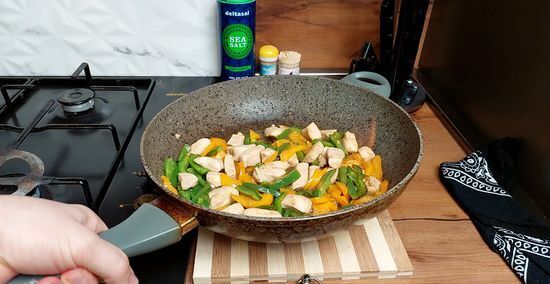
Move your pan away from the open flame before you pour the liquor. If you pour liquor directly from the bottle to the stove, flames could shoot up the liquor stream. Instead, pour the liquor once the pan has been removed from the flame and then use a long match or lighter. Exercise extra caution by storing the warmed liquor in a flame resistant container.
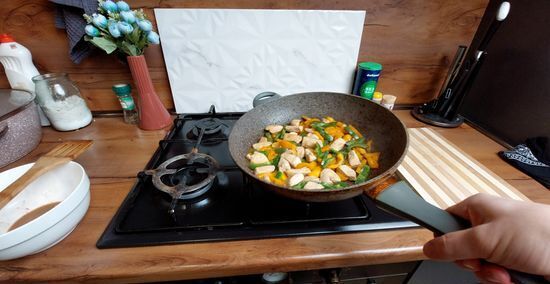
Keep some distance between you and your guests. Make sure they are far enough away from the dish that they're not coming into contact with the flames. A serving cart is ideal to let your guests see what you're doing while keeping them at a distance.

















Comments
0 comment